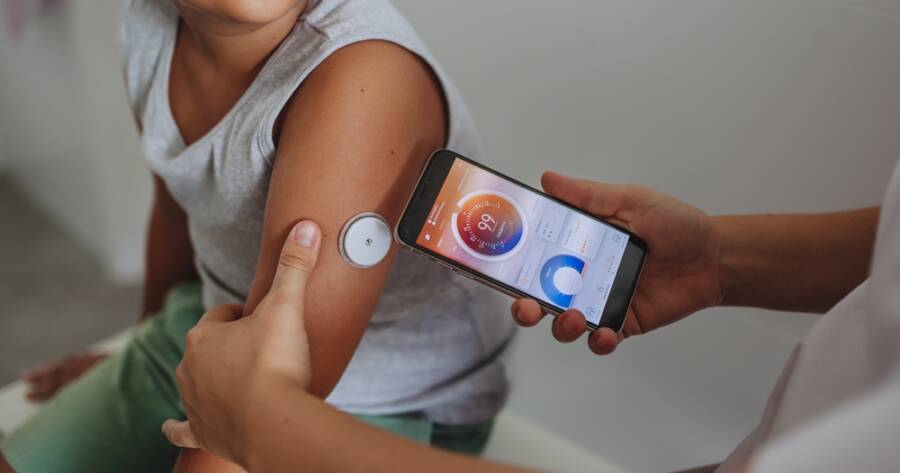Blood glucose monitors have become an essential tool for millions of people managing diabetes. By providing real-time insights into blood sugar levels, these devices help individuals make informed decisions about their diet, physical activity, and medication. Whether you’re newly diagnosed or simply curious, understanding how blood glucose monitors work and how to choose the right one can make a world of difference.
What is a Blood Glucose Monitor?
A blood glucose monitor is a device that measures the amount of glucose, or sugar, in your blood. These levels are crucial to track because glucose is the body’s primary source of energy. For individuals with diabetes, managing these levels is essential to avoid complications such as hyperglycemia (high blood sugar) or hypoglycemia (low blood sugar). Blood glucose monitors make it easy to measure and track these levels at home or on the go.
How Does It Work?
The traditional blood glucose monitor requires a small blood sample, usually obtained by pricking your fingertip with a lancet. The drop of blood is placed on a test strip, which the monitor reads to determine the glucose level. The whole process takes just a few seconds, offering immediate feedback.
However, technology has rapidly evolved, and newer options now include continuous glucose monitors (CGMs). Unlike traditional meters, CGMs use a small sensor inserted under the skin to measure glucose levels automatically throughout the day and night. They offer constant monitoring and can alert you to rising or falling glucose levels in real-time, making them particularly useful for people who need to keep a close watch on their glucose fluctuations.
Choosing the Right Blood Glucose Monitor
Choosing the right blood glucose monitor largely depends on your individual needs. Here are a few factors to consider:
- Accuracy: Accuracy is paramount when it comes to managing diabetes. Most modern monitors offer reliable readings, but some may be more precise than others. Look for devices that are FDA-approved or have similar certifications.
- Ease of Use: Some monitors are more user-friendly than others. If you prefer something simple, choose a traditional monitor with easy-to-read displays and minimal setup. If you’re comfortable with technology, a CGM might be ideal for continuous tracking and smartphone connectivity.
- Cost: Costs can vary widely, especially when considering CGMs versus traditional finger-stick monitors. CGMs tend to be more expensive but offer increased convenience and constant data. Keep in mind that insurance may cover part or all of these costs, so it’s worth checking your options.
- Data Management: Many modern blood glucose monitors can sync with apps on your smartphone, allowing you to track trends over time. This can help identify how certain foods or activities impact your blood sugar, making it easier to adjust your routine.
Benefits of Blood Glucose Monitoring
Monitoring your blood glucose levels regularly is key to effective diabetes management. It helps you:
- Prevent Complications: By staying aware of your blood glucose levels, you can adjust your diet, exercise, or medication to prevent spikes or drops that could lead to serious health issues.
- Understand Your Body: Each person with diabetes reacts differently to foods, physical activities, and stress. Monitoring allows you to understand these personal reactions better and adapt your lifestyle accordingly.
- Provide Data for Healthcare Providers: Blood glucose logs are helpful tools during visits with healthcare providers. Consistent monitoring and sharing this data help tailor treatment plans to suit your needs better.
The Future of Blood Glucose Monitoring
With technological advancements, the future of blood glucose monitoring is moving towards non-invasive methods, meaning no needles or finger pricks. Companies are developing smartwatches and wearable devices that measure glucose through sweat or interstitial fluid. Although these are still under research, they represent a promising step towards a more comfortable, pain-free experience for people with diabetes.
Learn More About Blood Glucose Monitors
Whether you prefer the traditional finger-stick method or the more advanced continuous glucose monitor, blood glucose monitors empower individuals with diabetes to take charge of their health. With a variety of options available, there’s likely a monitor that fits your needs and lifestyle. Ultimately, the goal is to make monitoring as seamless and effective as possible, allowing for better blood sugar management and a healthier life overall.
